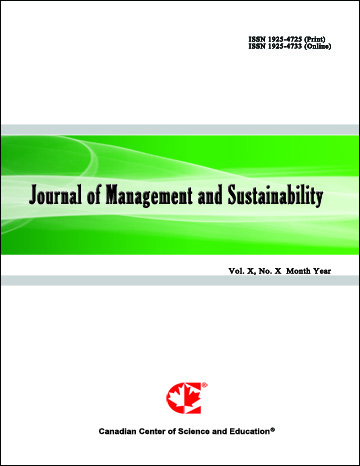South Carolina Nonprofit Policies and Procedures: Achieving Best Practices for NPOs of Different Sizes
- Karen Maguire
Abstract
The objective of this paper is to assemble a stepwise menu of policies and procedures for NonprofitOrganizations (NPOs) in South Carolina. This stepwise menu of policies and procedures will be used to assist
NPOs of all sizes in South Carolina achieve best practices. Working in collaboration with The Chapin
Foundation, The Waccamaw Community Foundation, and the South Carolina Association of Nonprofit
Organizations (SCANPO), the output of this project will assist NPOs in obtaining affordable audits and reviews,
utilizing cost-effective techniques when creating a policies and procedures manual, and adding to the policies
and procedures manual as they grow. Achieving compliance with best practices for financial accountability,
fundraising, and board governance, the output of this project facilitates the link between philanthropic leadership,
charitable resources, and civic influence with community needs and opportunities.
Decision criteria in this analysis included the choice of Copedia’s Non Profit Edition as a policies and procedures
template library. Four sizes of NPOs were then chosen based primarily on SCANPO’s membership categories,
and secondarily on accounting method or Form 990 dollar size. Next, research was conducted to determine
which policies were required by law. Finally, three sources of best practices for NPOs were employed to
determine recommended policies for each of the four size categories. These included the following: SCANPO’s
Guiding Principles and Best Practices, third edition; the National Council of Nonprofits’ and the Panel on the
Nonprofit Sectors’ Principles for Good Governance and Ethical Practice; and Blue Avocado’s Five Internal
Controls for the Very Small Nonprofit. This research was focused on giving a minimalist approach to the
smallest category and slowly adding and integrating policies as the organization grows, with a culmination of all
the policies being used in the largest category.
The research and analysis yielded the following results:
Using the assembled policies and procedures manuals in this paper, NPOs of all sizes can achieve best practices
suggested by SCANPO’s Guiding Principles and Best Practices, third edition; the National Council of
Nonprofits’ and the Panel on the Nonprofit Sectors’ Principles for Good Governance and Ethical Practice; and
Blue Avocado’s Five Internal Controls for the Very Small Nonprofit.
22 policies are required by law for all NPOs, regardless of size.
34 policies are recommended for small NPOs. Combined with those required by law, the total number of policies
that will allow a small NPO to achieve best practices without being encumbered by unnecessary polices is 56.
65 policies are recommended for medium NPOs. Combined with those required by law, 87 policies will allow a
medium NPO to achieve best practices.
87 policies are recommended for large NPOs. Combined with those required by law, 109 policies will allow a
large NPO to achieve best practices.
102 policies are recommended for extra-large NPOs. Combined with those required by law, 124 policies will
allow an extra-large NPO to achieve best practices.
The Unified Chart of Accounts (UCOA) is recommended for all firms. Smaller NPOs can utilize our
recommended subset of UCOA accounts, then add accounts as they grow. UCOA provides instructions for
existing NPOs to transition from their existing chart of accounts to UCOA.
- Full Text:
 PDF
PDF
- DOI:10.5539/jms.v3n3p1
Journal Metrics
Google-based Impact Factor (2021): 1.54
h-index (July 2022): 37
i10-index (July 2022): 147
h5-index (2017-2021): 12
h5-median (2017-2021): 19
Index
- Academic Journals Database
- ANVUR (Italian National Agency for the Evaluation of Universities and Research Institutes)
- CAB Abstracts
- CNKI Scholar
- EconBiz
- Excellence in Research for Australia (ERA)
- GETIT@YALE (Yale University Library)
- Harvard Library
- HeinOnline
- Infotrieve
- JournalTOCs
- LOCKSS
- MIAR
- PKP Open Archives Harvester
- RePEc
- Scilit
- SHERPA/RoMEO
- Stanford Libraries
- UCR Library
Contact
- Evelyn XiaoEditorial Assistant
- jms@ccsenet.org
